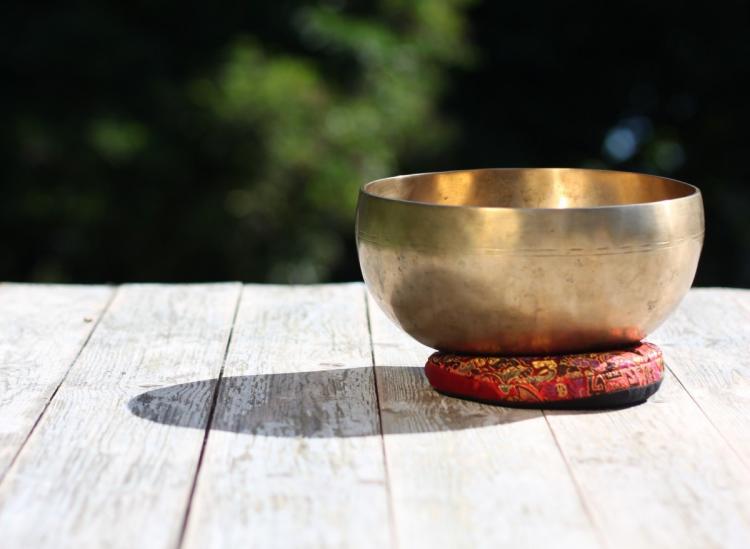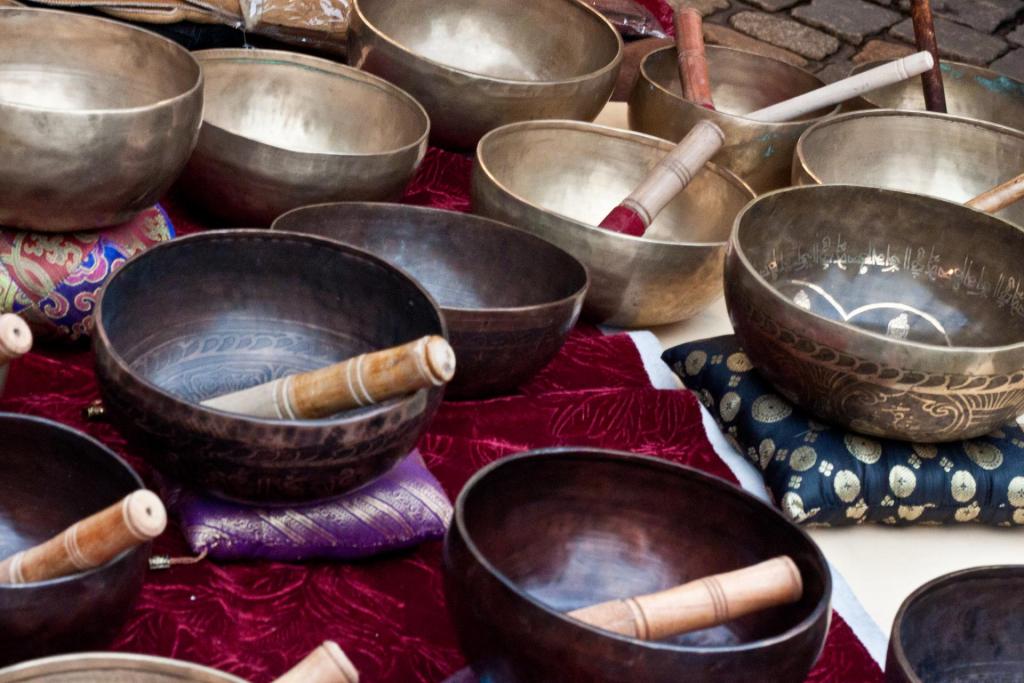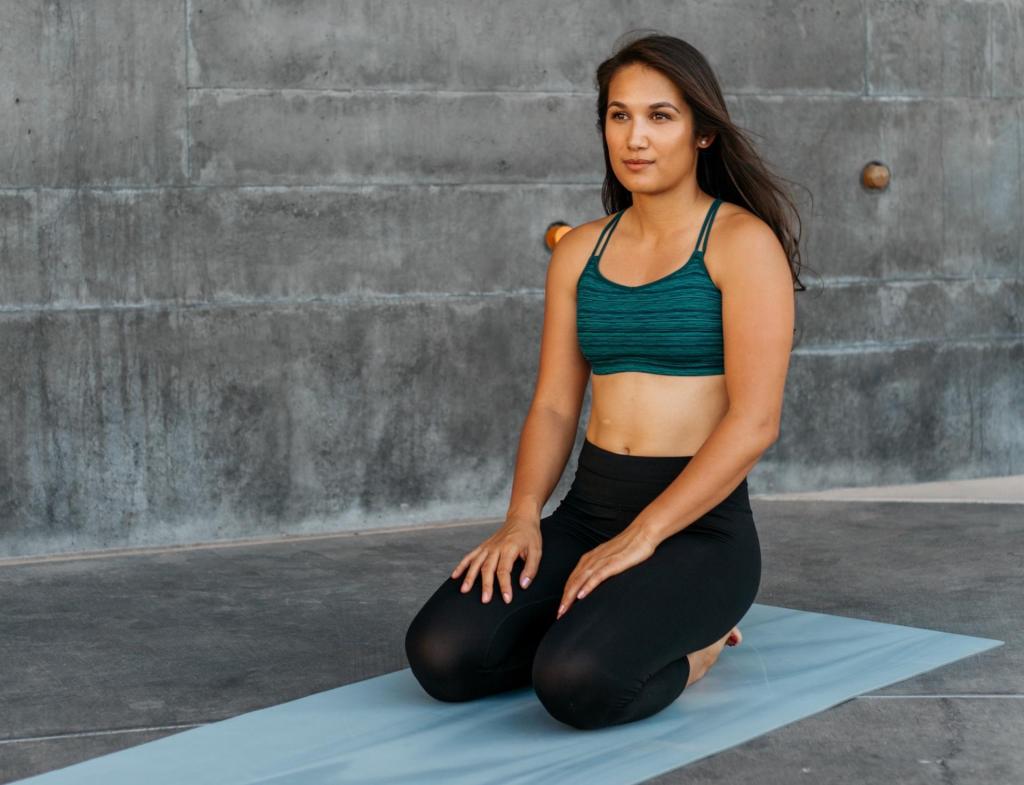Here’s What You Need To Know About Sound Healing

pxhere
If you’ve noticed your local yoga or meditation studio adding events like sound baths and gong circles to the class calendar and are wondering what they’re all about, you’re not alone. In recent years, sound healing experiences have grown in popularity, but the woo-woo practices still often leave us scratching our heads. So, we did a little research and compiled a list of the things you need to know about sound healing.
What is sound healing?
Simply put, sound healing is the act of using vibrations to relax your mind and body. Those vibrations can come from physical instruments like Tibetan singing bowls, gongs
There aren’t many clinical studies available on the efficacy of

What should I expect?
First things first, you don’t need a swimsuit for the sound bath. You don’t even need bonafide yoga attire — just wear something loose and comfortable that won’t distract you from the meditative experience.
Now that we’ve crossed that bridge, the format of sound healing experiences can vary. When signing up for a session, the time will be listed so you can at least plan accordingly there. (For people who have never tried sound healing before, we recommend keeping your first experience within 45 minutes.)
As for the sound bath’s structure, it depends entirely on the host. Some prefer to stick to their instruments and let you take in the vibrations silently while others will ask you to create some vibrations of your own by humming, singing or chanting. So if you’re really not in the mood to audibly participate, ask the studio or sound healer about the structure of the class before you sign up.
During a fair amount of sound baths, you lie on your back on a yoga mat, possibly with some bolsters and blankets for additional support and comfort, and keep your eyes closed to heighten your auditory senses. But don’t be shocked if your session leader has you sit up for any of it. Also, expect to remain in the room for the entire experience. (You can slip out quietly to go to the bathroom or something, but that’s pretty much it.)

How will I feel?
During the sound healing experience, expect to feel a variety of emotions and sensations. Some sounds might trigger nostalgia while others might feel jarring and physically uncomfortable. Singing bowls tend to create more of a meditative, trance-like state, but gongs can be rather boisterous and not appreciated by sensitive ears. The vibration component of sound can be subtle, but some people find that if they lie still and really tune into their bodies, they can sense those slight movements.
After a sound bath, most people report feeling very calm and like they’ve been given a revived sense of well-being, which is increasingly valuable in our highly stressed society. Even for people who find certain parts of the experience to be physically uncomfortable (like when a
Is it worth the hype?
Honestly, it’s entirely up to you to make that decision. Since most evidence supporting the benefits of sound healing is anecdotal, the best way for you to know how you feel about it is to try it yourself. So ask your studio manager if there are any sound experiences coming up in the schedule or check out Groupon for sound bath or gong circle options in your area. Even if it’s not for you, we doubt that you’ll regret giving it a try.
Sign up for Daily Fit by Swirled, our newsletter featuring a wellness tip of the day and must-read health news from around the web! You’ll be one step closer to living a healthy, balanced life.
RELATED
Burning Sage Seems A Little Woo-Woo, But It Really Is Beneficial To Your Health
What To Expect From A Thai Massage (And Where To Find One)
Stressed AF But Not Into Meditation? This New Wellness Trend Is For You











